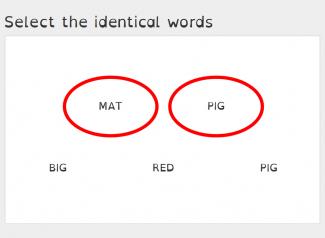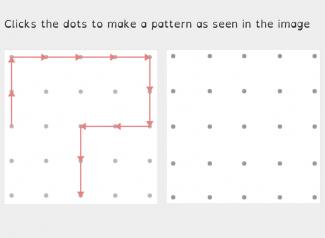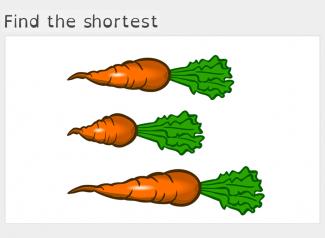Visual Processing Disorder
What is Visual Processing Disorder?
We see through our eyes and the images are sent as signals to the brain. The brain interprets the signals to make a visual representation. What we see depends on how the brain processes the signals received through the eyes. Some children have difficulty in processing or interpreting the visual information. The difficulty in processing information received through the eyes is called Visual Processing Disorder (VPD). The problem has nothing to do with the ability of the child to see. A child with a perfect vision can still have VPD. Children with VPD have difficulty in reading and writing. Improper eye movements can also cause difficulty in reading.
Many people confuse visual processing disorder with dyslexia because both these conditions make reading difficult. VPD and dyslexia are different. Dyslexia is a language processing disorder.
How to overcome Visual Processing Disorder?
A person with visual processing disorder may not be able to “outgrow” the disorder. However, there are many remedial measures to cope with the disorder. Exercises to strengthen weak eye muscles are useful to overcome improper eye movements.
What are the symptoms of VPD?
-
avoids reading
-
reads only for a short time
-
poor attention span
-
blurred vision
-
double vision
-
excessive head movements
-
covers one eye
-
rubs eyes frequently
-
headaches
-
movement of words
-
reverses letters/ words
-
skips words/lines
-
poor visual memory
-
poor comprehension
-
difficulty in copying
-
slow in completing tasks
-
difficulty in sports
-
gets confused with images crowded with details
-
difficulty in making sense of the whole when some parts are missing
-
difficulty in recognising objects upside down or at different angles
What are the different types of VPD?
There are different types of visual processing disorders.
-
Reversals:
Some children reverse letters while reading and writing. They have confusion with similar looking letters- p, b, d, and q. Some reverse the entire word-example: was for saw. Some children write dose for does. Read more
-
Visual memory issues:
We store in our memory what we see, hear and feel. Unfortunately, some children cannot store in memory what they see. They have poor visual memory- both short term and long term. The deficit in short term memory prevents them from copying quickly from the board. Read more
-
Poor visual form constancy:
Children who have issues with visual form constancy experience difficulty in identifying the same objects shown /seen in different contexts. For example, they know what shoes are but they may fail to identify a shoe which is drawn in an odd angle in a sheet of paper having pictures of many other objects. Read more
-
Insufficient visual discrimination:
Visual discrimination is the ability to spot the differences and similarities in colour, shape, form, size etc of objects. Visual discrimination helps us to identify letters, numbers and symbols and it also helps us to read. Read more
-
Issues with visual closure:
Some children with visual processing difficulties have difficulty in making out a picture when a part or parts of it are missing. These children need to see the entire object to know what it is. Read more
-
Poor visual figure-ground discrimination:
Visual figure-ground closure skill is required to identify a particular object when there are so many things in a picture. This skill also comes into play when we look for a particular word in a text. We quickly locate a word in a dictionary using this skill. Read more
-
Deficit in visual motor perception skills:
Visual motor perception skills: Visual motor perception skills are required to copy geometric shapes, letters, and numbers in a proper way. Visual motor perception skills are needed to do well at school because the emphasis is on reading and writing. Read more
-
Inadequate visual sequential memory skills:
Visual sequential memory is the ability to recall the order of numbers, shapes, words and other images after viewing them. Children with poor visual sequential memory have difficulty in spelling. They may also have difficulty in remembering patterns. Read more
-
Other issues:
Many types of vision skills are needed for a child to read. Obviously, the basic requirement is the ability to see clearly. This is what we call perfect vision. Some children have defective eye movements and these come in the way of reading, writing and doing many other activities. Read more



